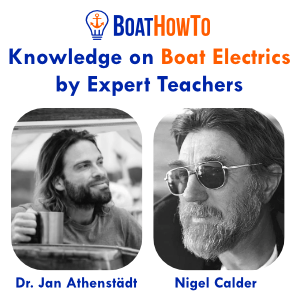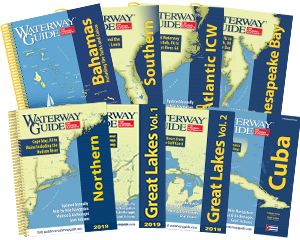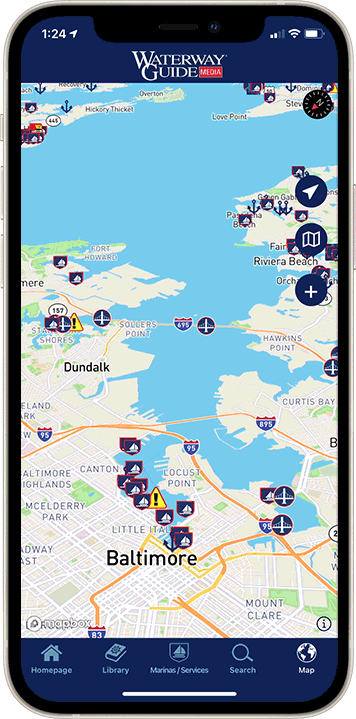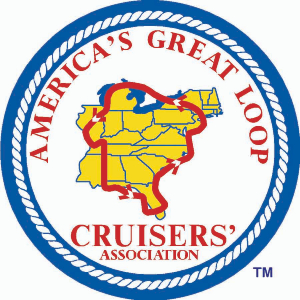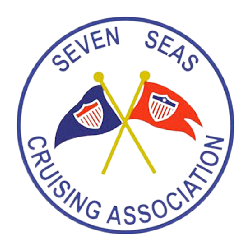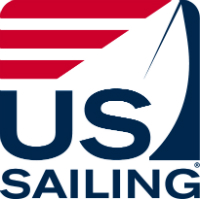
Alca i is purpose-built for marine research, so the 64-footer contains ample laboratory space. Photo Wendy Mitman Clarke
It’s about 9 o’clock on a beautiful Maine summer evening, a plum sunset fading to cobalt blue over the pointed firs. And while the rest of the cruising community does what it does at about this time — packs off to bed at “cruiser’s midnight” or catches some twilit stargazing — the wet lab that occupies the aft compartment of the schooner Alca i is quietly bustling.
Thew Suskiewicz, a 36-year-old marine ecologist who specializes in macro-algae and kelps in particular, gently lifts a piece of what the typical sailor would call “seaweed” from a plastic tray.
“We’ll start with Porphyra. That’s going to be trace. ... Ceramium, also going to be trace. Polysiphonia, big one, 39. … Oh, look, Ptilota. We do have a Ptilota!” he says, holding a maroon leafy thing on his fingertip. “That’s a distinctive subarctic species that used to be much more abundant.” Beside him, Danielle Frechette, 35, a marine biologist who is researching salmon in Quebec, Canada, for her Ph.D. and is here to attain necessary credits outside her area of study, records every name and number on a sheet of paper taped to the cupboard over the work table — genus, sometimes species, weight, length.
Walter Adey gives close scrutiny to the algae species on the rock samples. Adey’s long career includes groundbreaking research on corallines, a hard, pink algae that can live for thousands of years.
A few feet away, Alex Brett, 28, a diver and ship’s engineer for this expedition with a 200-ton U.S. Coast Guard master’s license, a 1,600-ton mate’s and a background in marine science as an undergrad at the College of the Atlantic, joins Lauren Rice, 22, fresh from earning her bachelor’s degree in marine science from the University of Maine, leaning over an industrial stainless-steel sink. Playing a kind of algal Where’s Waldo over two plastic trays, the two carefully sort the contents of a mesh bag that Lauren and Thew filled several hours ago while diving at a site just south of Hurricane Island at the mouth of Penobscot Bay. As they tweeze the mass of weed apart, identifying dozens of individuals as diverse as long, flat kelps and tiny, filigreed feathers like Ptilota, they segregate each type so Thew can weigh, measure and record.
Read the full story.

